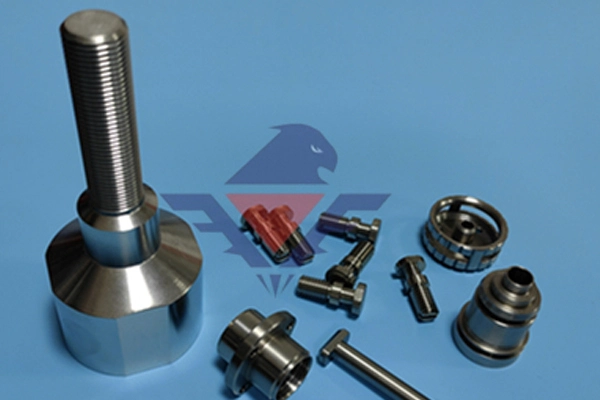Swiss Machining: Precision and Efficiency in Manufacturing

# Swiss Machining: Precision and Efficiency in Manufacturing
## Introduction to Swiss Machining
Swiss machining, also known as Swiss screw machining or Swiss turning, is a specialized manufacturing process that has revolutionized precision part production. Originating from Switzerland’s watchmaking industry in the late 19th century, this technique has evolved to become a cornerstone of modern high-precision manufacturing across various industries.
## How Swiss Machining Works
The Swiss machining process differs significantly from conventional lathe operations. The key distinction lies in the movement of the workpiece:
– The material bar stock is fed through a guide bushing
– Cutting tools remain stationary while the material moves
– This setup provides exceptional support close to the cutting area
– It enables machining of long, slender parts with extreme precision
## Advantages of Swiss Machining
Swiss machining offers several compelling benefits that make it ideal for precision manufacturing:
### 1. Superior Precision
Keyword: Swiss Machining
The guide bushing system minimizes vibration and deflection, allowing for tolerances as tight as ±0.0002 inches (0.005mm). This level of precision is particularly valuable for medical devices, aerospace components, and electronics.
### 2. Increased Efficiency
Swiss machines can perform multiple operations simultaneously:
– Turning
– Milling
– Drilling
– Threading
– Grooving
This multi-tasking capability significantly reduces production time and eliminates secondary operations.
### 3. Material Savings
The precise control over material feed results in minimal waste, making Swiss machining cost-effective for expensive materials like titanium or medical-grade alloys.
## Applications of Swiss Machining
Swiss machining has found applications across numerous industries:
– Medical: Surgical instruments, implants, and dental components
– Aerospace: Fuel system components, hydraulic parts
– Automotive: Fuel injection systems, transmission components
– Electronics: Connectors, sensor housings
– Defense: Firearm components, guidance system parts
## Choosing the Right Swiss Machining Partner
When selecting a Swiss machining provider, consider these factors:
– Experience with your specific industry requirements
– Quality certifications (ISO, AS9100, etc.)
– Material expertise
– Capacity for complex geometries
– Quality control processes
## The Future of Swiss Machining
As manufacturing demands continue to evolve, Swiss machining technology is advancing with:
– Integration of Industry 4.0 technologies
– Improved automation capabilities
– Enhanced multi-axis functionality
– Smarter tooling systems
These developments promise to further increase precision, efficiency, and cost-effectiveness in precision part manufacturing.
Swiss machining remains at the forefront of precision manufacturing, offering unparalleled accuracy and efficiency for complex, small-diameter components. Its continued evolution ensures it will remain a vital process for industries requiring the highest levels of precision and quality.